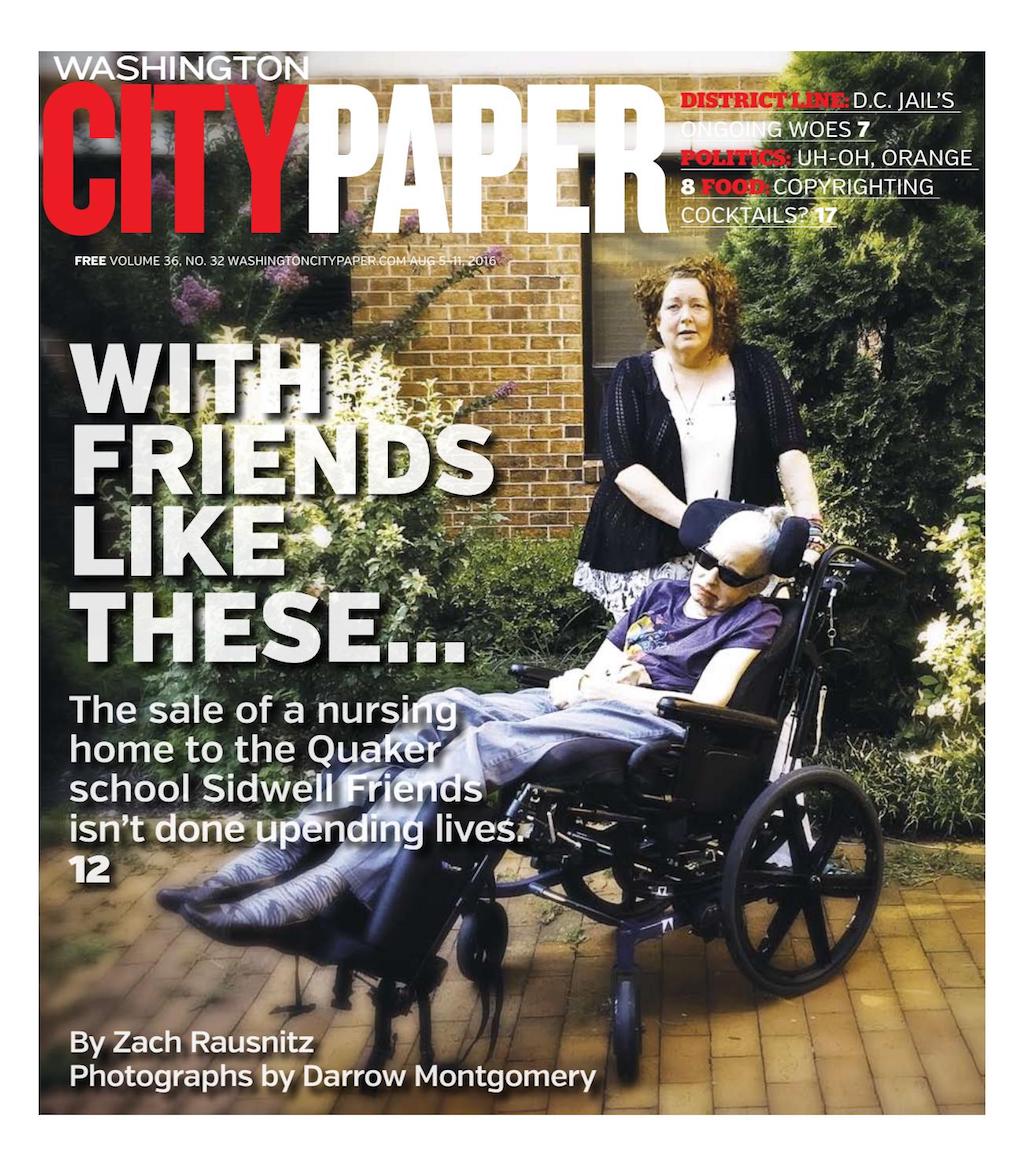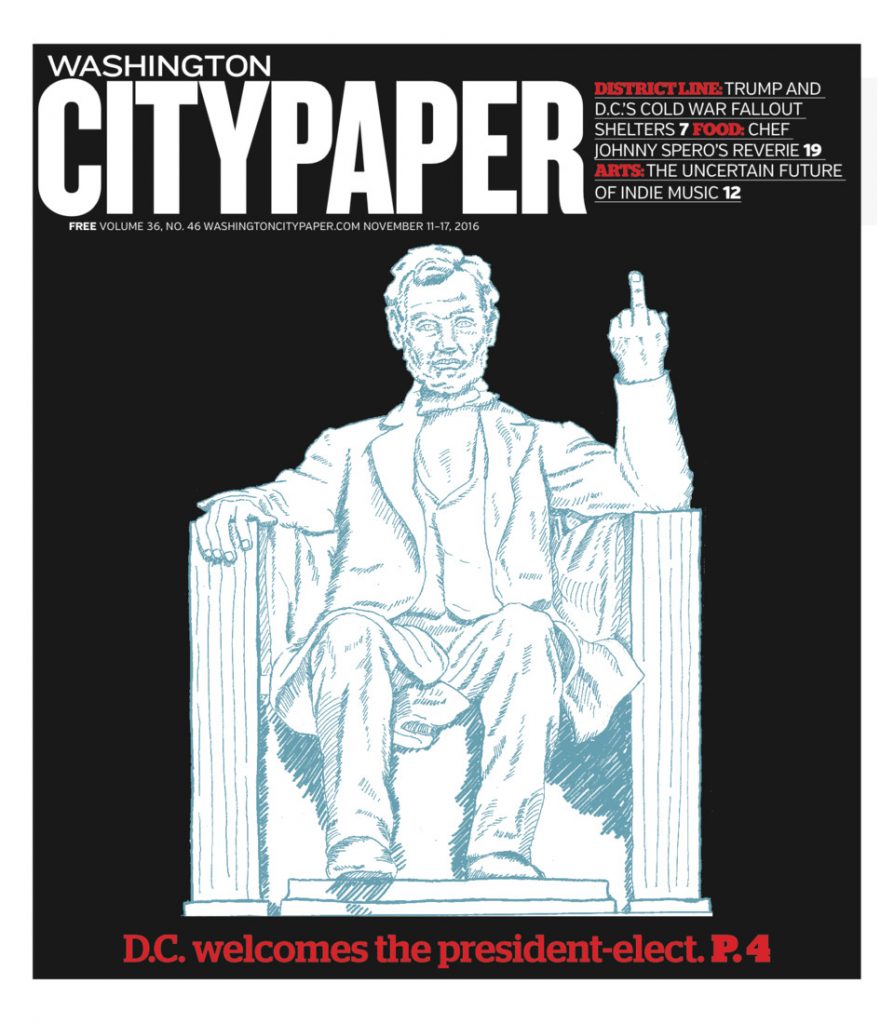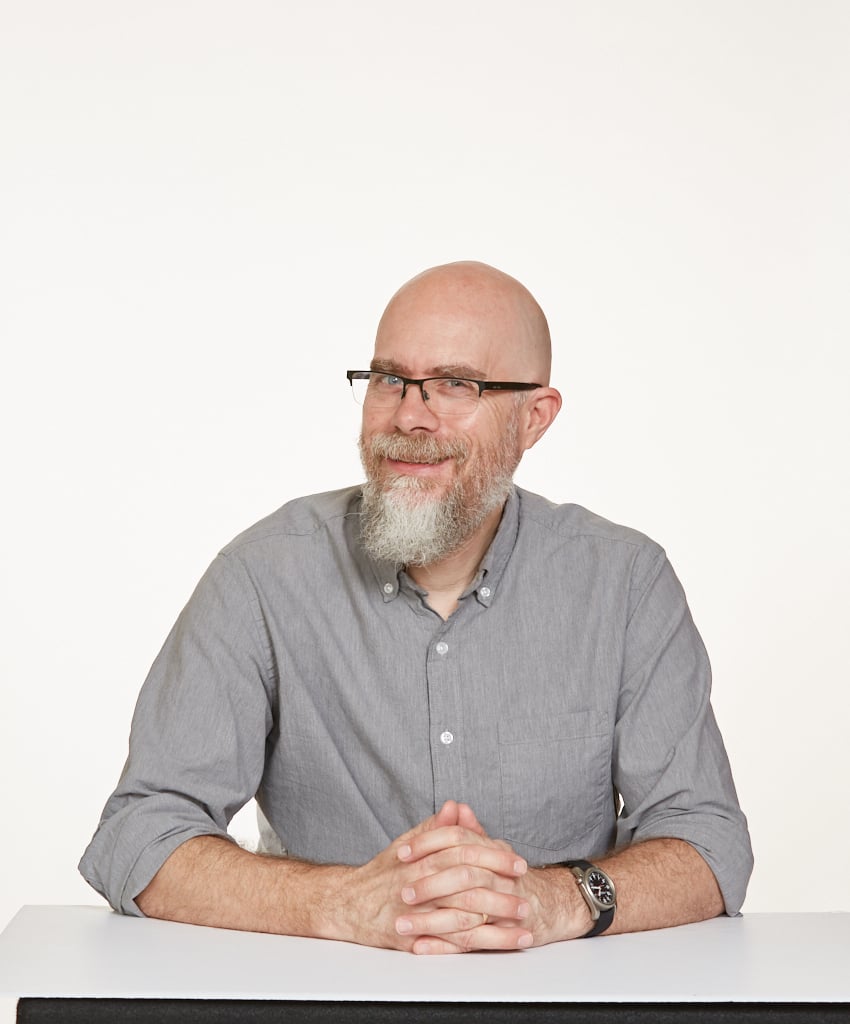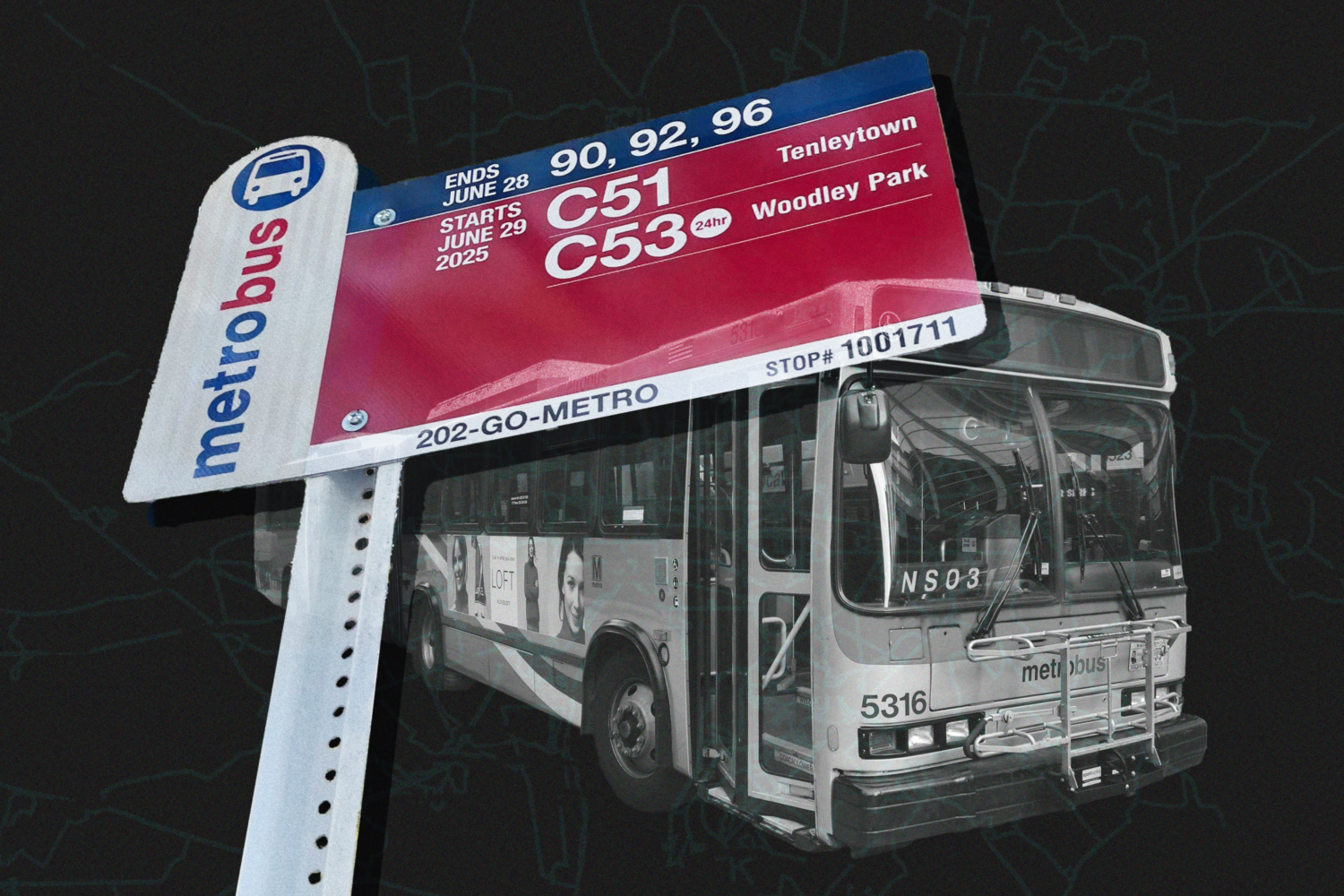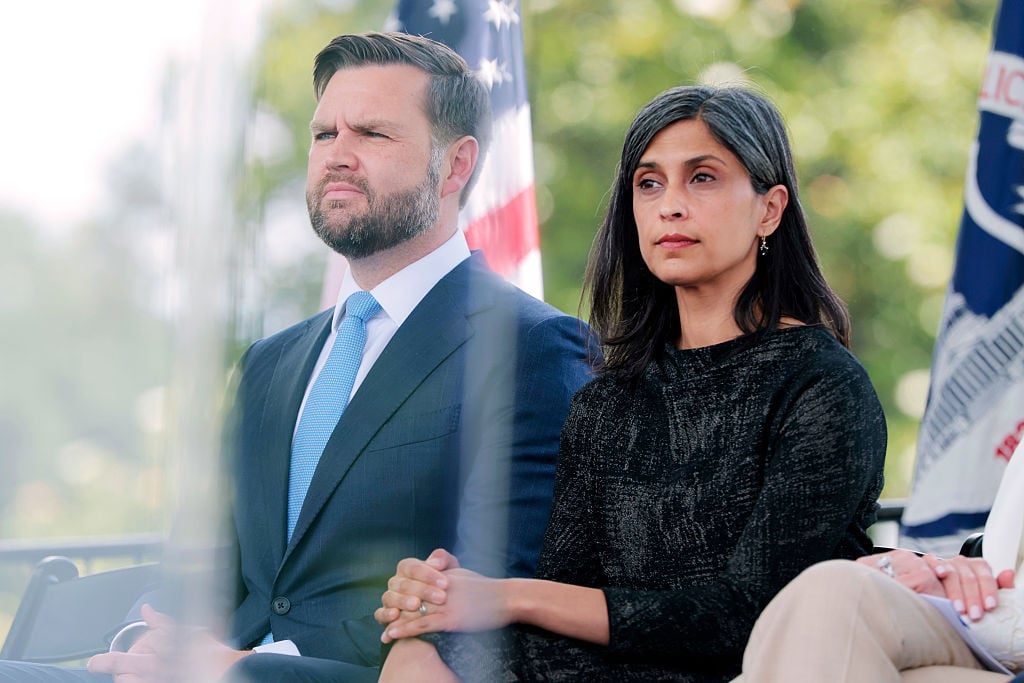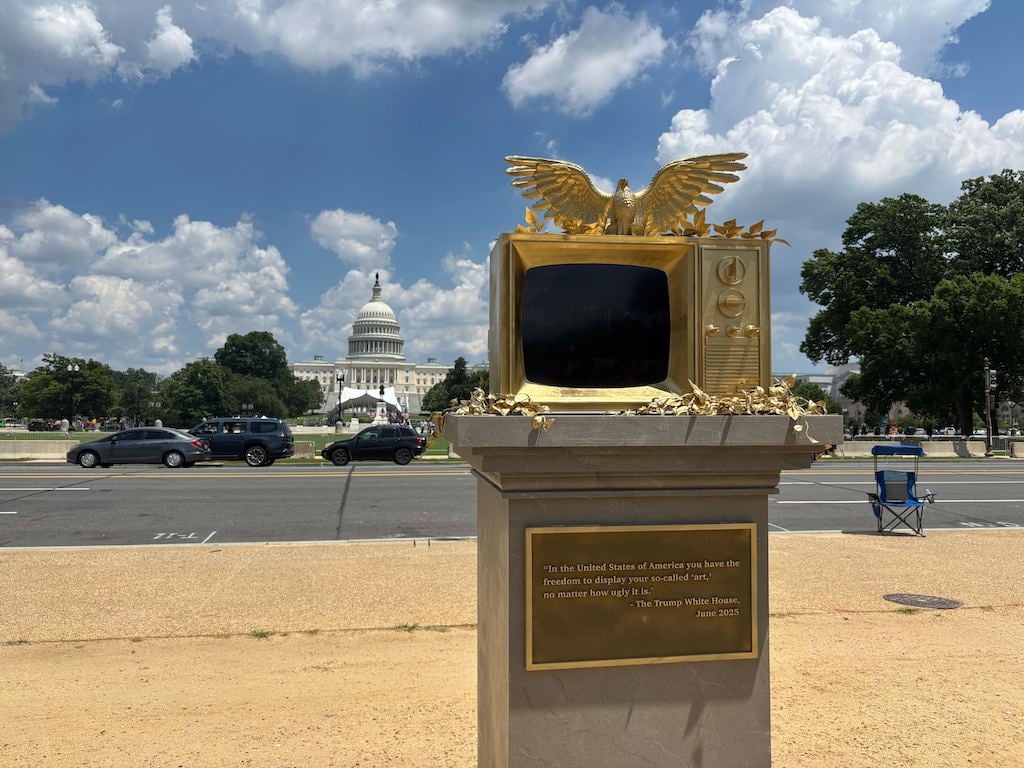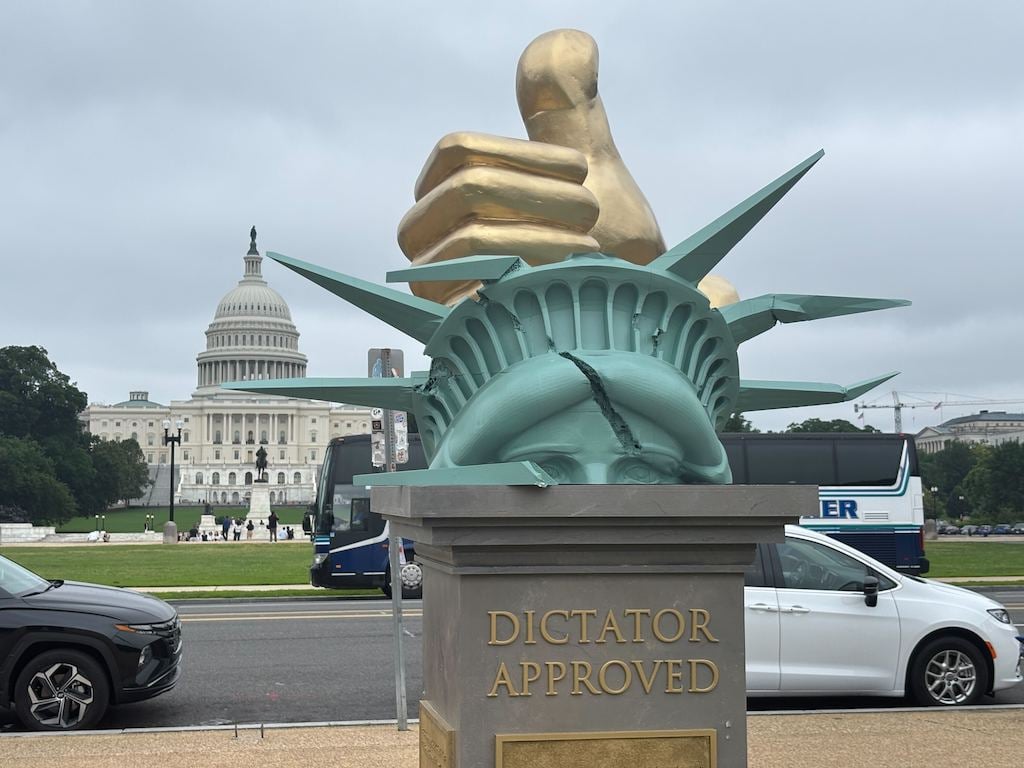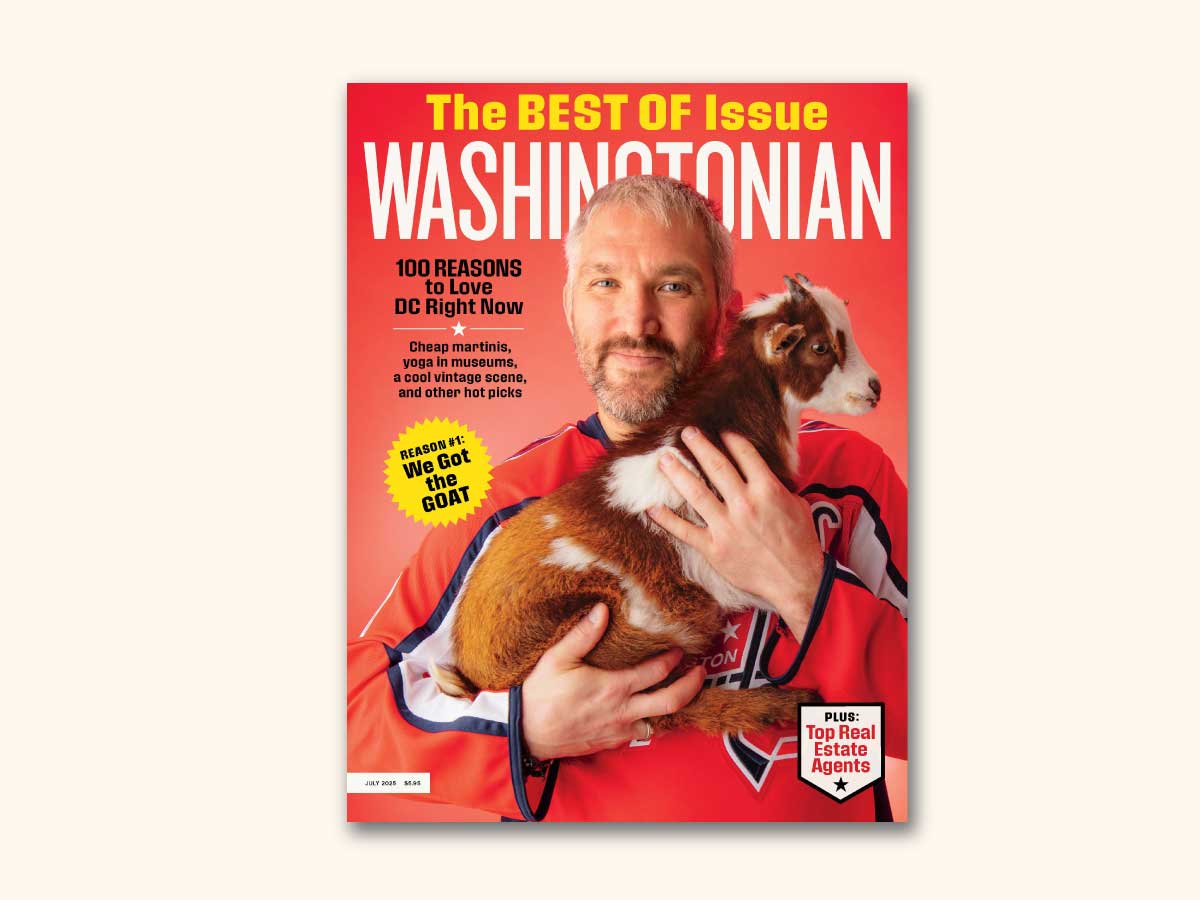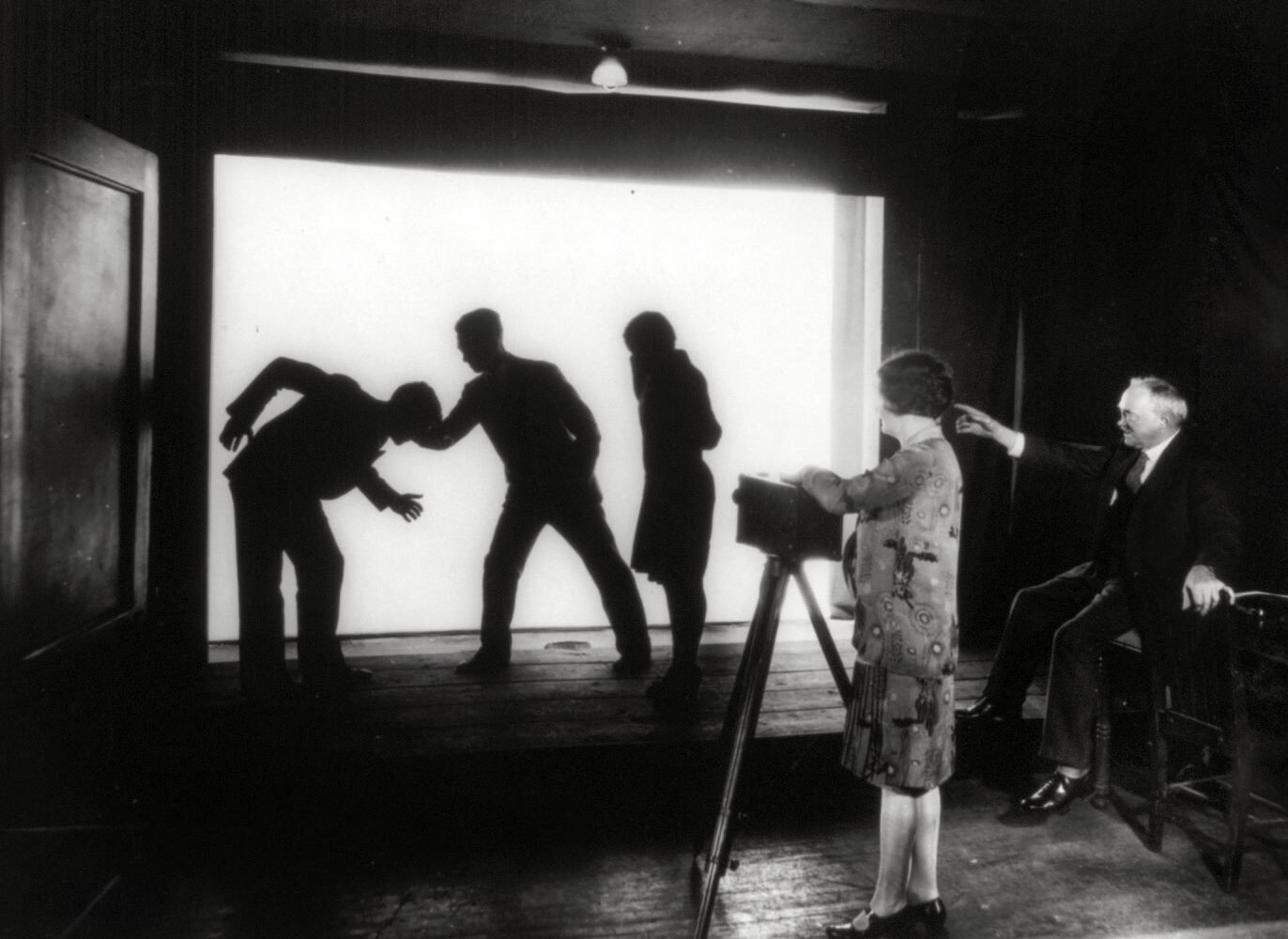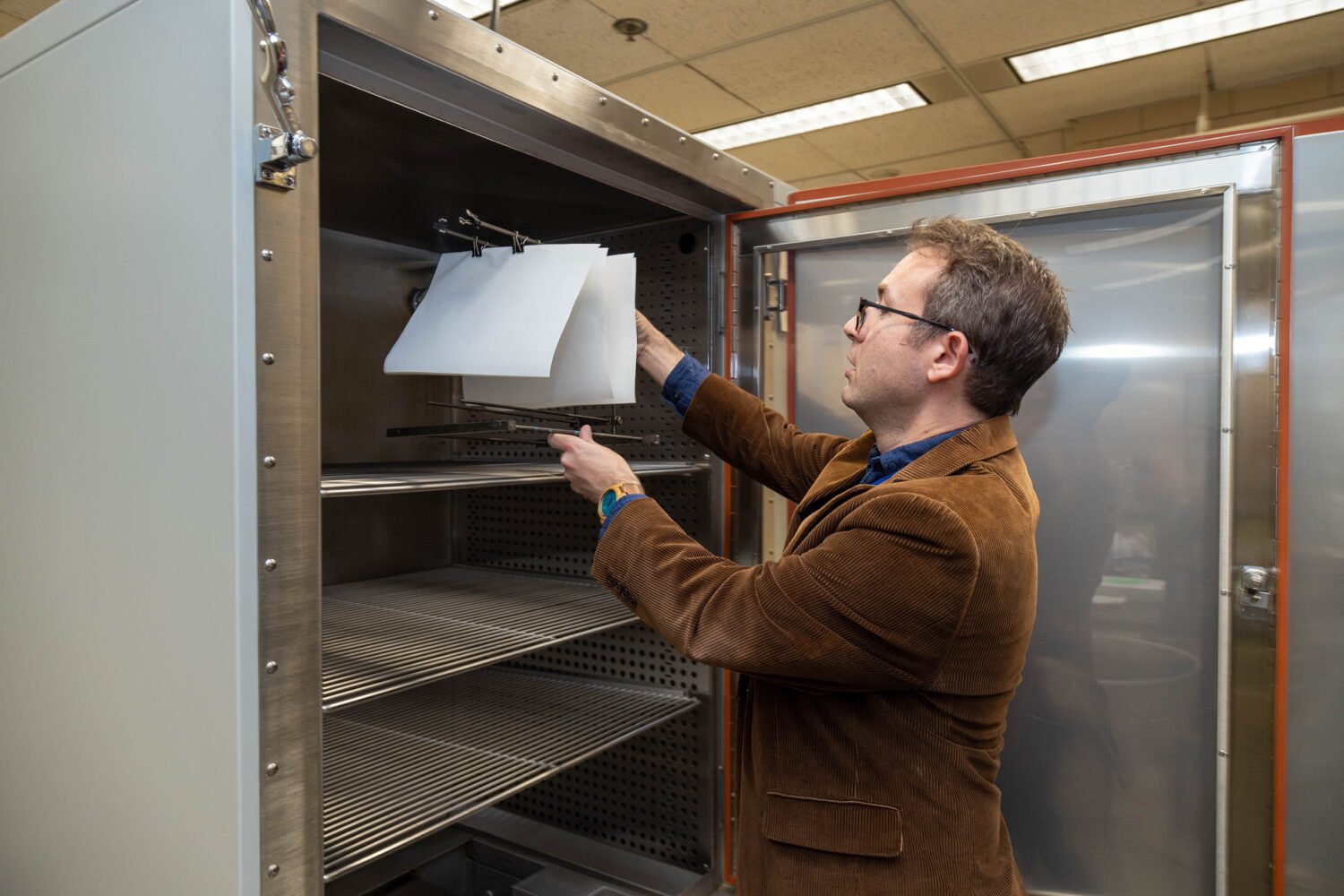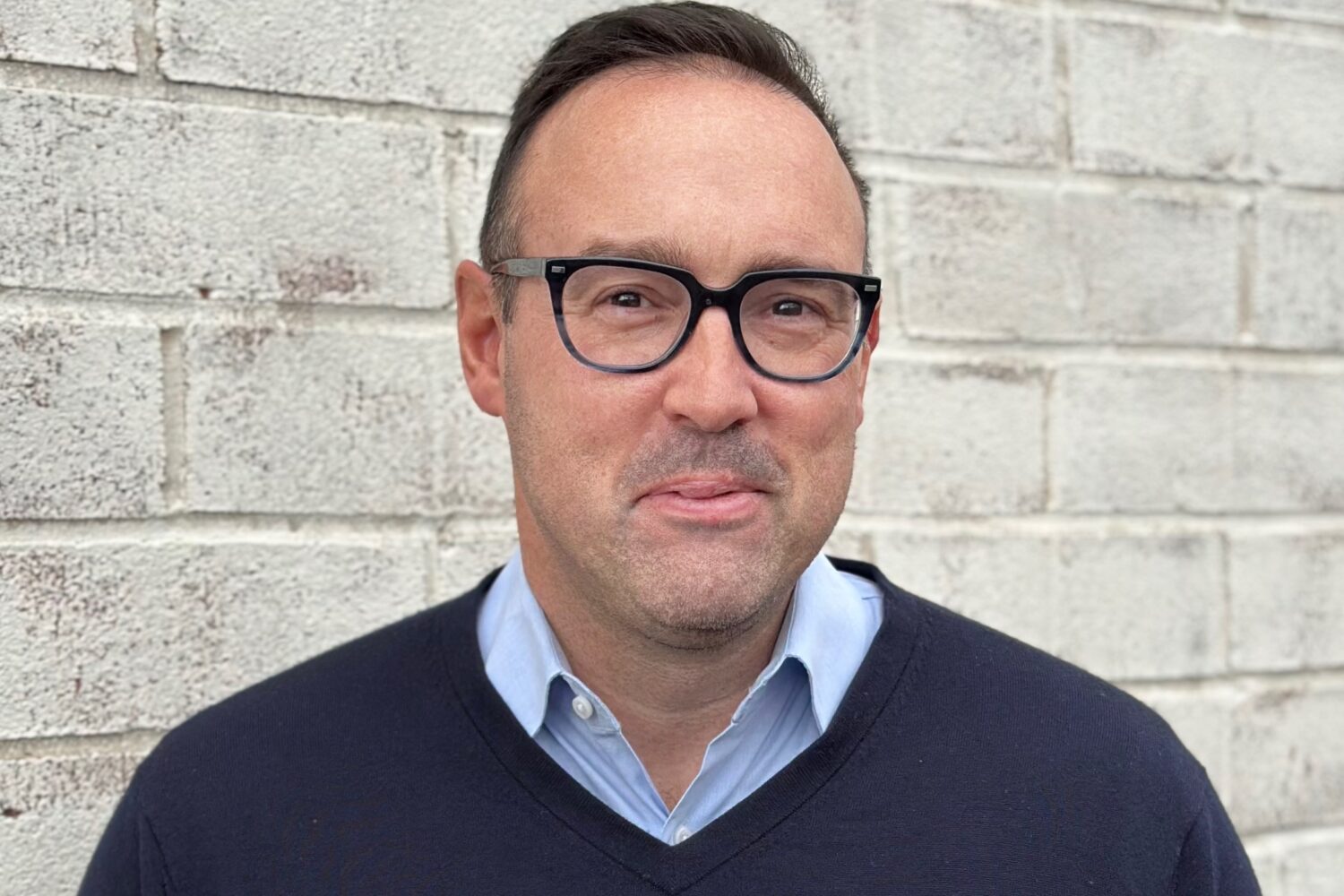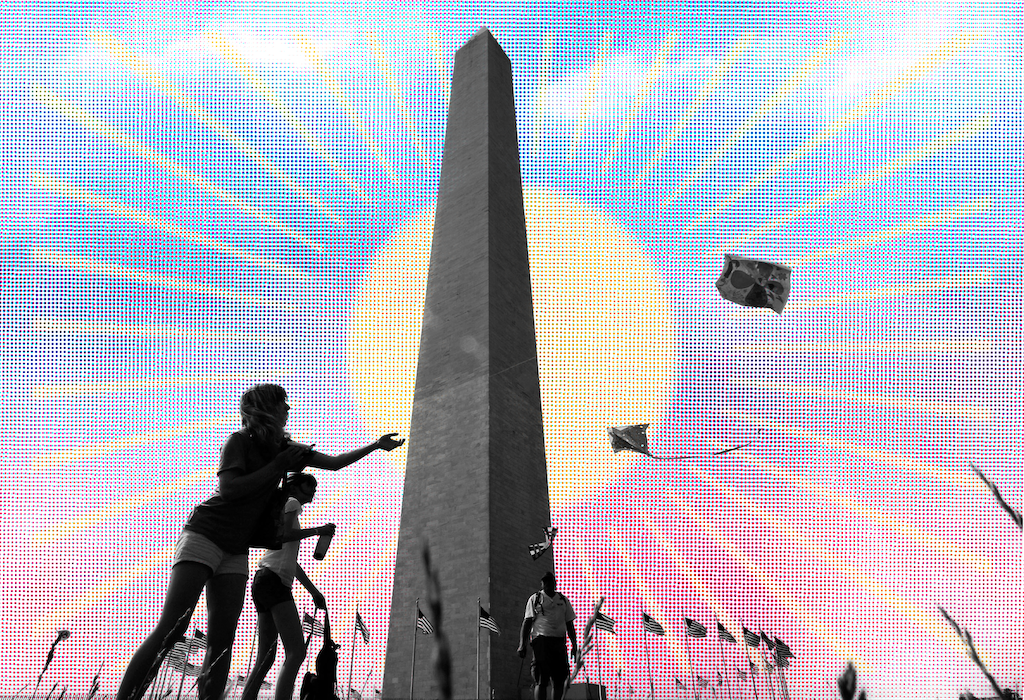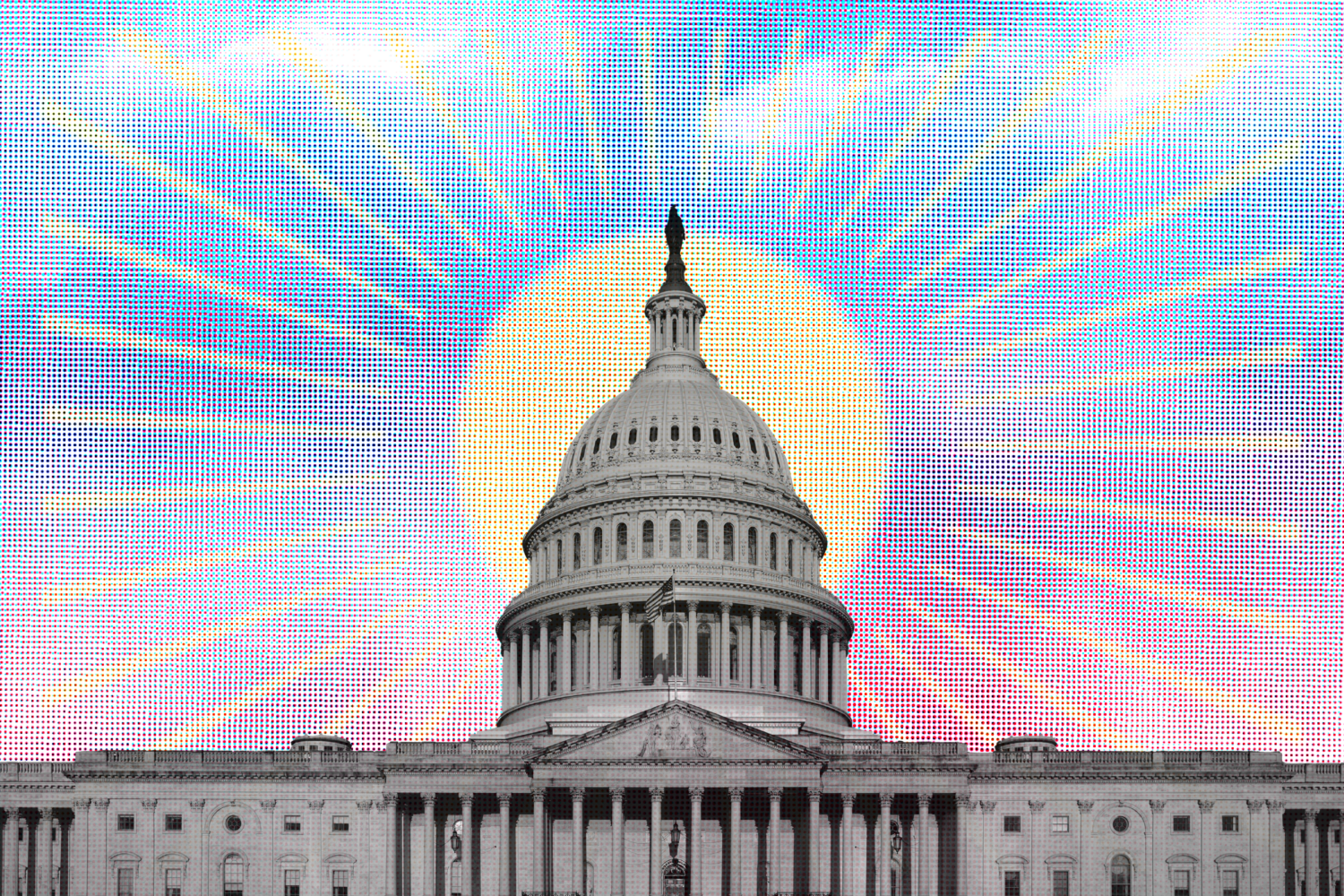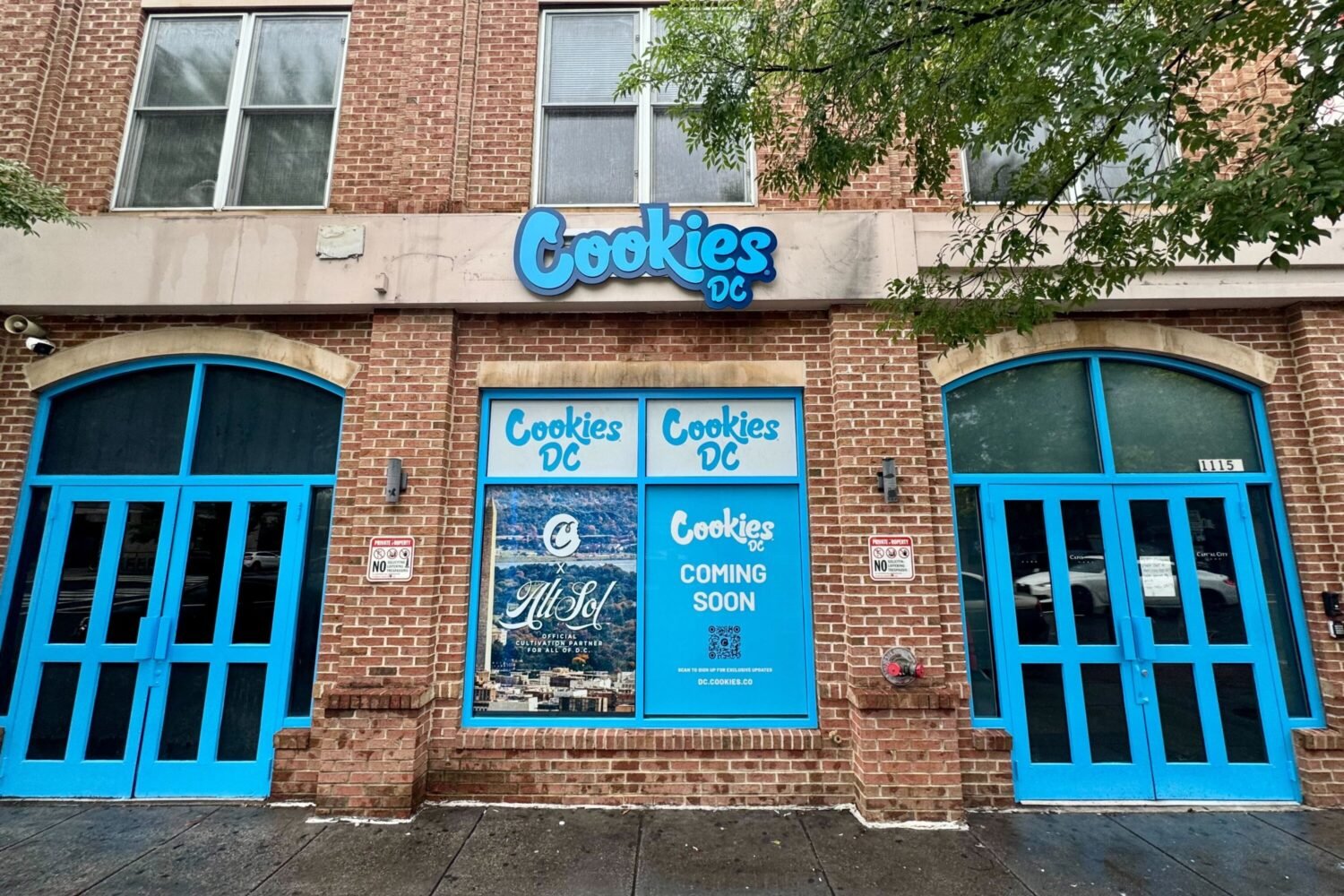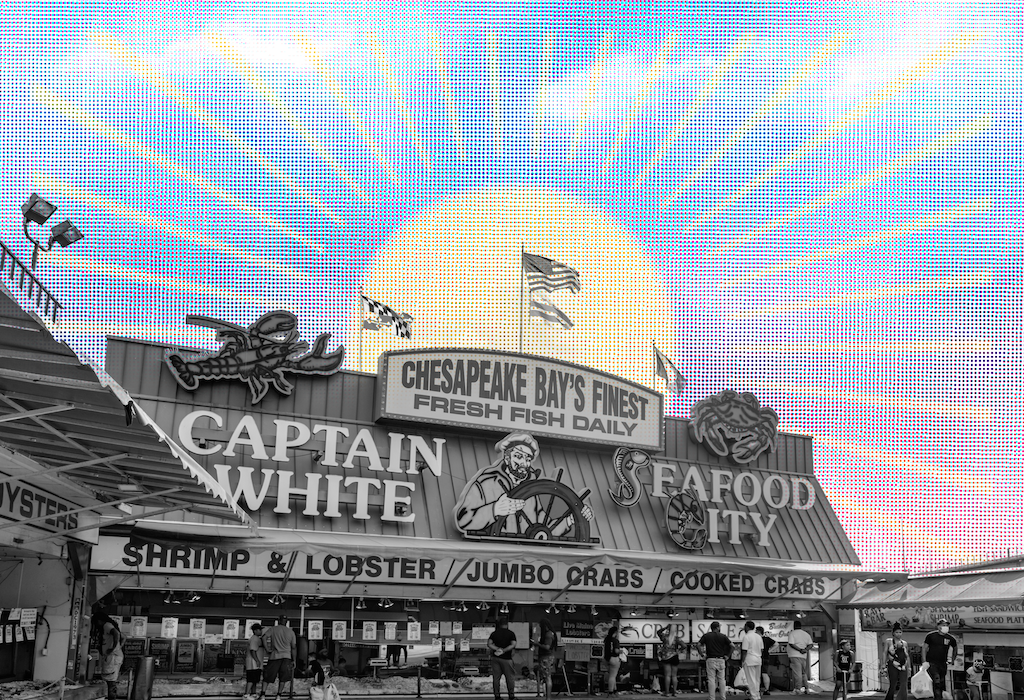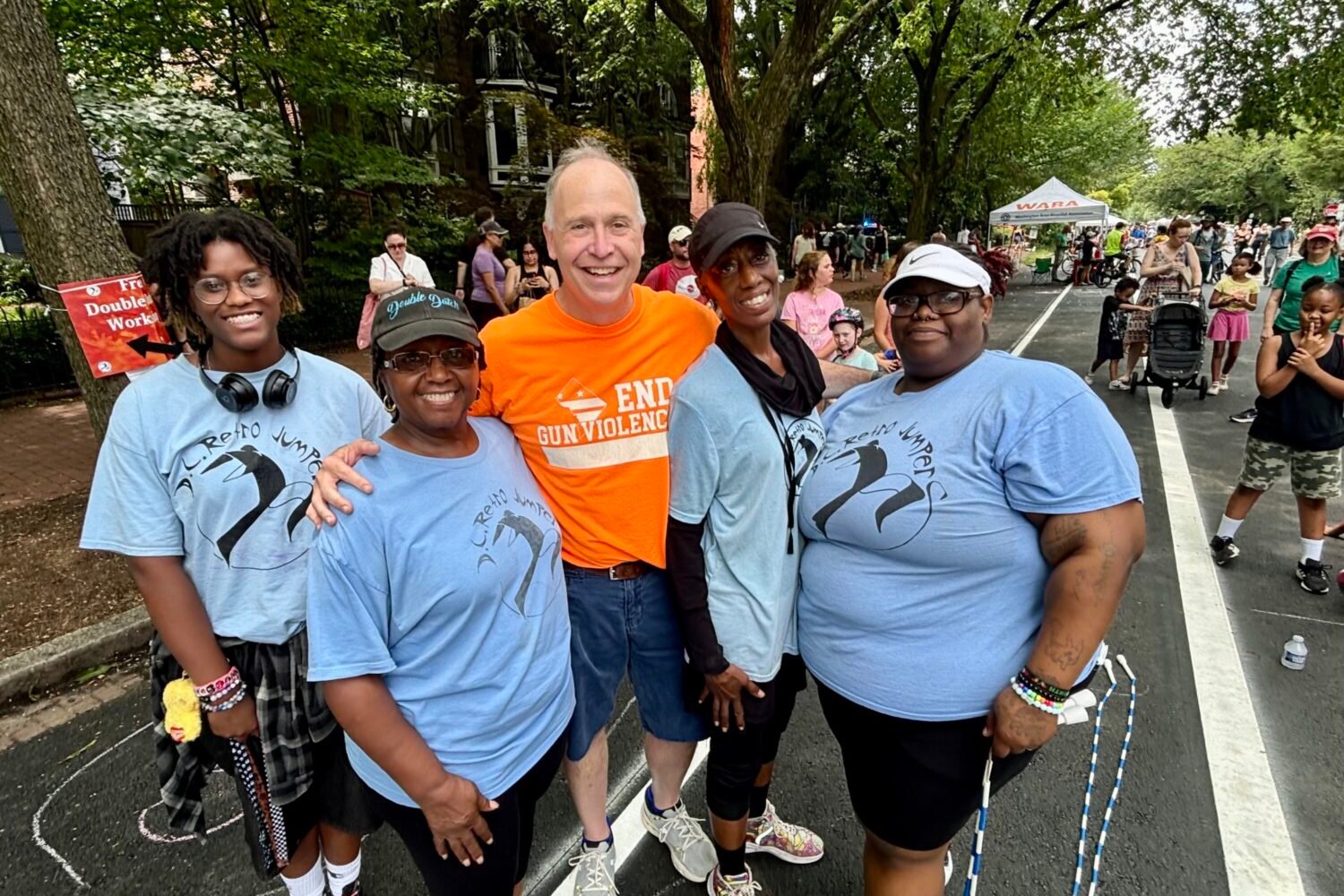A common affliction among staffers at the DC alt-weekly Washington City Paper is the fear that they’ll be the last person to occupy their position. That angst is not uncommon to people working at alt-weeklies in the late teens–that at any point the owners could turn the lights off.
Perhaps there was just such a rush of those feelings Wednesday, when City Paper Editor Liz Garrigan announced to staff she plans to step down. Whoever replaces Garrigan will be the paper’s fourth editor since 2015. That’s not encouraging for job-seekers or people occupying current slots down the masthead, even if the previous departures all have perfectly reasonable explanations: Mike Madden left for a job at the Post; Steve Cavendish went home to Nashville to edit another alt; Garrigan told staff in her email that her husband couldn’t get his job to transfer him to Washington, so she’s returning to Paris.
Whatever, right? Who cares about the survival of a flailing free paper these days? But here’s the thing: Beyond its mission documenting a city not always grokked in national news reports, City Paper has few equals as a factory for producing future stars of journalism. Just a few of the people who’ve drawn a check from the weekly over the last couple of decades: Politico media critic Jack Shafer, CNN anchor Jake Tapper, MacArthur “genius grant” winners Katherine Boo and Ta-Nehisi Coates, patron saint of American journalism David Carr, Columbia professor and New Yorker contributor Jelani Cobb, Mother Jones editor Clara Jeffery, New York Times culture critic Amanda Hess, HuffPost reporter (and Pulitzer finalist) Jason Cherkis, Recode editor Kara Swisher, Washington Post media blogger Erik Wemple, Atlas Obscura CEO David Plotz, Dan Snyder antagonist Dave McKenna…. This list could be much longer. Washingtonian‘s City Paper alumni include our editor, Michael Schaffer, food editor Jessica Sidman, and, because every great factory produces a few duds, me.
Even if that list convinces you City Paper is an institution worth saving, its path forward is very unclear. Alt-weeklies across the country have seen circulation drop sharply and advertisers flee, go out of business, or, most devastating, move their apartment listings to Craigslist. When I started at City Paper in 2006, the average issue we put out had more than 100 pages; now papers often run at fewer than 40 pages. The hill is even steeper online, where most new readers are: it’s very hard to make money unless you’re reaching millions of readers each month, a task even tougher if you’re focused mostly on the 700,000 or so people within the District lines.
The Creative Loafing chain bought the paper a year after I arrived and pretty quickly went bankrupt; since then, editors have tried to maintain the mix of ground-level news and politics, arts and events, food, and features readers actually like, such as Savage Love. They’ve just done less of everything with fewer people. (Garrigan boldly cut Savage Love from the print paper every other week to make room for news.)
Sadly, the same-but-less-of-it approach isn’t an enduring business model. City Paper is now owned by a chain called SouthComm, which is a lot better than Creative Loafing was in almost every respect. I am sure the top minds at that company have their own ideas of how to keep their DC property humming, but just in case, here are a few radical ways that I imagine City Paper could reinvent itself and maybe even thrive.
- Forget politics and focus on arts and entertainment. As unthinkable as this would be for those of us who grew up loving the paper, the foibles of the DC Council or deep dives on housing policy are never going to attract the kind of audience advertisers crave. So yield those beats to the Washington Post and hope Jeff Bezos doesn’t notice he’s funding local coverage. Under this plan, the calendar section is now the beating heart of the publication, augmented by critical coverage both dirt-doggy and highbrow. There’s actually a market opening here: The Washington region hosts a bewildering array of downtime options, and a publication that can sort through them and make recommendations would provide real value to readers and advertisers. So: Food news and reviews stay, and online the paper tries to find readers in the well-paid young people in town who may not know it exists right now. Another source of revenue could be an events business that builds on the success of City Paper’s Crafty Bastards and Best of DC franchises–I’m thinking one big event a month, like an ideas summit, a booze cruise, a music festival, or some sort of theater thing. Yes, this plan may let scoundrels roam freely in the halls of DC government, but it could energize the paper’s business side enough that one day City Paper could again afford to make their lives miserable. Remember, news is a loss leader at a lot of publications.
- Become the battlin’ tabloid of the #Resistance. Forget that first idea and make politics the ONLY thing City Paper does, just not many stories about ANCs and public school scandals. From Oakton to Waldorf, and points beyond, City Paper is the voice of furious liberals who keep getting muted by their friends on Facebook. HuffPost wants to harness the tabloid spirit? Well, City Paper is an honest-to-goodness real-life tabloid! Each week the publication shares a provocative cover on social media, hoping it gets passed around and commented on and pisses off Trump fans and basically builds a brand new audience. The Daily News is doing it! So what if advertisers flee the print paper? Massive web traffic, goosed relentlessly by a full-time social media editor, could perhaps make up the difference. One big downside: Who knows how long the Trump administration will last? It may be difficult to keep up the energy when Mike Pence is president.

Yes, more stuff like this. - Reinvent the publication as an African-American-focused paper. One of the less-known aspects of City Paper is that despite its longstanding tradition of employing many white, Ivy-educated smart-alecks, it’s attracted a loyal, if often infuriated, audience in DC’s traditionally African-American neighborhoods by covering DC politics and life in fine-grained detail. The traditional African-American press faces many of the same challenges as alt-weeklies–this could present an opening for a news organization with established relationships with advertisers and a strong grasp of the lives of the region’s upper and middle-class African-Americans, as well as millennials. Advertisers crave routes to these folks, and by covering institutions important to them, City Paper could become a quite attractive play. Hire a superstar like Latoya Peterson from ESPN’s The Undefeated to run the shop, and you could even start building a national digital audience. WAMU has already seen big gains in its African-American listenership in the last year. More readers are out there.

